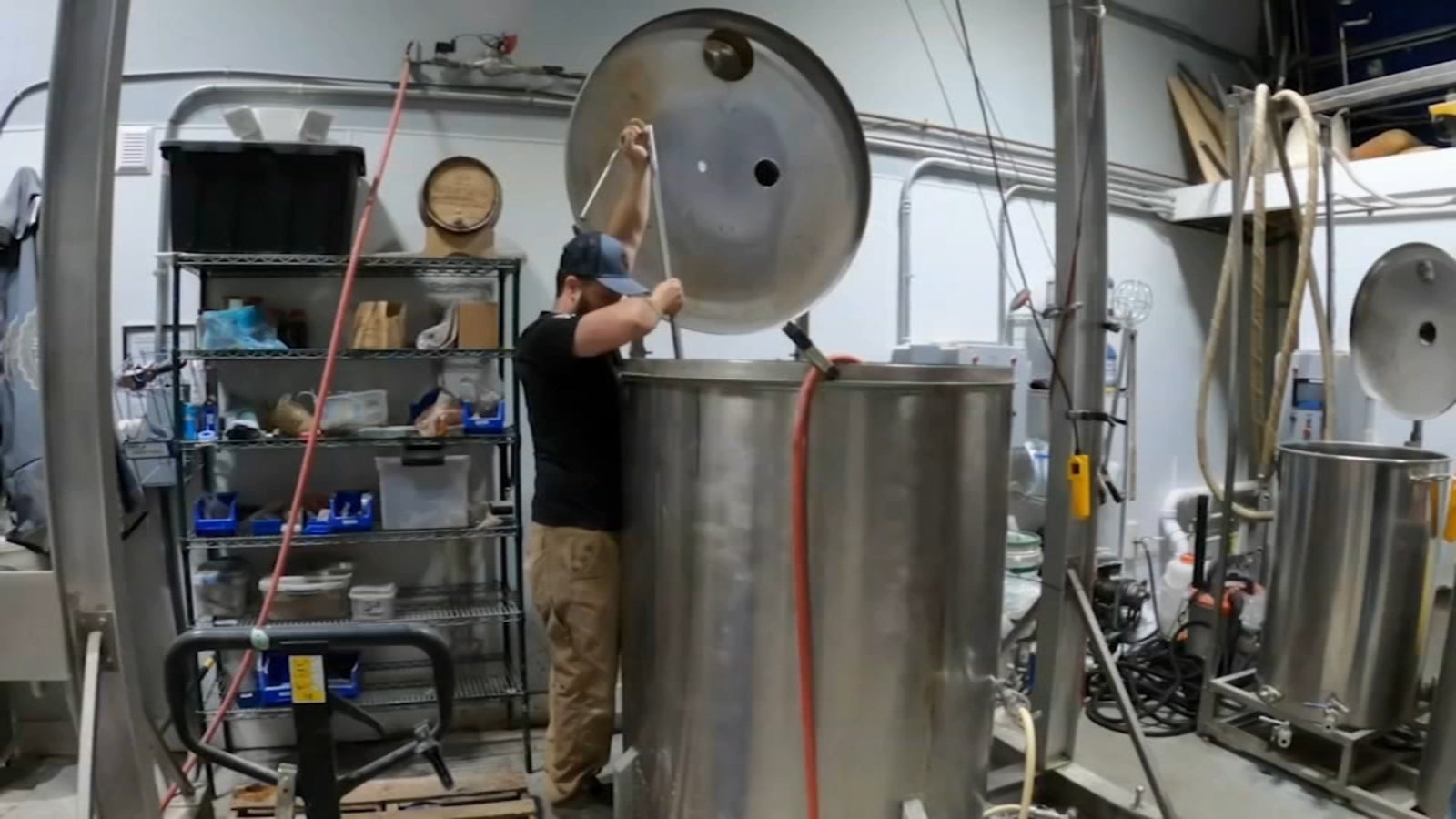Experience Costs Galveston Whiskey: An Aficionado's Delight
Experience Costs Galveston Whiskey: An Aficionado's Delight
Blog Article
The Ultimate Distillery Experience: From Grain to Glass, Everything You Required to Know
Beginning on a journey through the details of the distillery procedure unveils a globe where science meets virtuosity in the creation of spirits. From the mindful choice of grains to the careful crafting of each bottle, every action in the production line plays an important role in forming the final item that graces our glasses. As we delve into the subtleties of distillation, aging, and taste accounts, a deeper admiration for the craftsmanship and devotion behind each sip emerges. Join us as we untangle the layers of proficiency and enthusiasm that finish in the supreme distillery experience.
The Art of Grain Choice
Picking the ideal grains is a vital step in the distillation procedure, determining the flavor profile and high quality of the end product. The sort of grain selected dramatically affects the character of the spirit being produced - Galveston Whiskey. Typical grains utilized in purification consist of barley, rye, wheat, and corn, each conveying distinct flavors and attributes to the end product

Beyond flavor considerations, the high quality and pureness of the grains are paramount. Distillers carefully source grains to ensure they are cost-free from impurities and have the necessary starch web content for fermentation. By mastering the art of grain selection, distillers lay the foundation for producing remarkable spirits that captivate the taste buds.
Distillation Process Demystified
Having developed the structure with meticulous grain choice, the purification process arises as the transformative stage where the essence of the chosen grains is opened and refined into a perky form. The procedure does not end there; numerous purification runs or extra steps such as maturing in barrels might even more improve the spirit, enhancing its complexity, personality, and taste. Recognizing the ins and outs of the purification process is vital for generating top quality spirits that mesmerize fanatics and connoisseurs alike.
Barrel Aging and Flavor Advancement
Throughout the barrel aging procedure, spirits undertake a transformative trip as they interact with the wood, absorbing nuanced flavors and establishing a rich complexity. The kind of wood utilized, normally oak, significantly influences the final preference of the spirit. Oak barrels are preferred for their distinct homes that improve the taste account. As spirits age in the barrels, they draw out compounds such as vanillin, lignin, and tannins from the wood, contributing to the development of aromas like vanilla, caramel, flavor, and even hints of toasted oak.
Additionally, the aging process permits oxidation to occur, bring about more chemical responses that mellow the spirit and complete any kind of rough sides. The porous nature of timber likewise enables the spirit to take a breath, facilitating the assimilation of flavors in time. Relying on the period of aging and environmental conditions like temperature level and humidity, spirits can acquire various attributes, from subtle timber notes to deep, complicated tastes that make each set distinct. Ultimately, barrel aging plays a crucial function fit the distinctive taste account of each spirit, providing a sensorial journey for connoisseurs to appreciate.
Craftsmanship in Bottling and Classifying
As spirits reach their optimal taste accounts through barrel aging, the careful craftsmanship in bottling and identifying ends up being the next essential step in providing a costs product to consumers. The procedure of identifying and bottling is a crucial element of the overall distillery experience, as it is the last touchpoint prior to the item reaches the hands of consumers (Distillery in Galveston). Craftsmanship in bottling includes making sure that each container is filled exactly with the spirit, taking right into account aspects such as uniformity in fill levels and the prevention of any type of pollutants getting in the container

Sampling and Valuing Fine Spirits
To fully appreciate great spirits, one have to engage all the detects in a mindful and deliberate tasting experience. When tasting fine spirits, it is important to start by observing the spirit's appearance. Keep in mind the color, clearness, and viscosity of the liquid in the glass. Swirl the spirit gently to release its aroma. The nose is an important sense in tasting spirits; take a moment to breathe in the complicated aromas deeply. Next off, take a little sip and let it remain on your palate. Take notice of the different tastes that unravel - from wonderful and fruity notes to spicy or smoky undertones. Think about the mouthfeel, noting if the spirit is smooth, velvety, or fiery. Swish the spirit in your mouth to totally experience its appearance and preference. Lastly, swallow gradually and value the remaining finish. Fine spirits usually leave a positive aftertaste that can disclose much more concerning the workmanship and high quality of the beverage. By involving all your senses in this manner, you can genuinely relish and appreciate the intricacies of fine spirits.
Verdict
Finally, the distillery experience incorporates the intricate art of grain choice, the specific distillation procedure, the transformative barrel aging, the precise workmanship in bottling and labeling, and the advanced technique of tasting and valuing fine spirits. Each action in the production procedure plays an important role in producing top quality spirits that mesmerize the detects and delight lovers worldwide.
The kind of grain selected significantly influences the personality of the spirit being produced. By grasping the art of grain option, distillers Homepage lay the foundation for producing remarkable spirits that mesmerize the taste.

Report this page